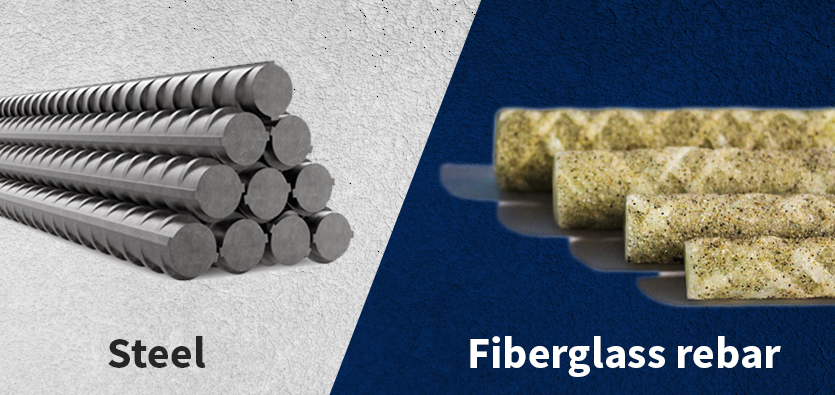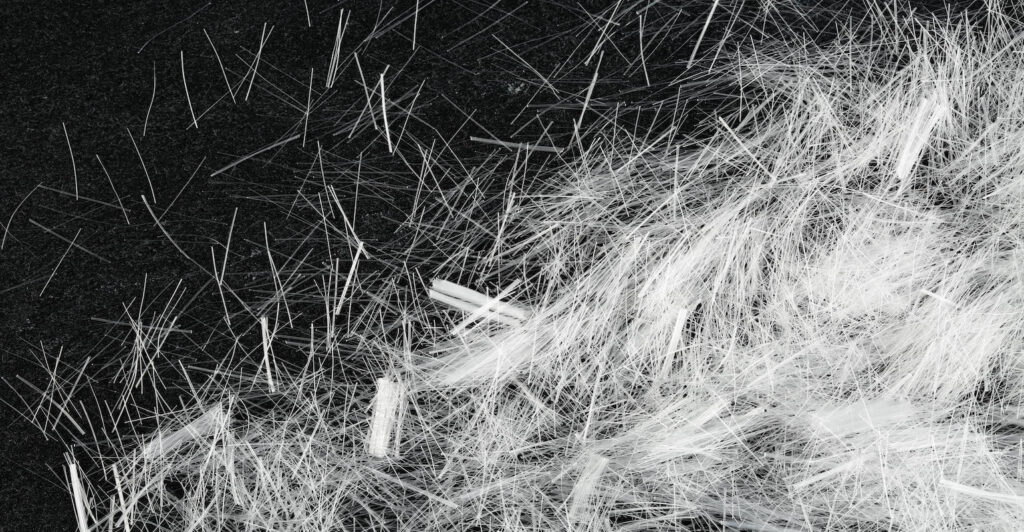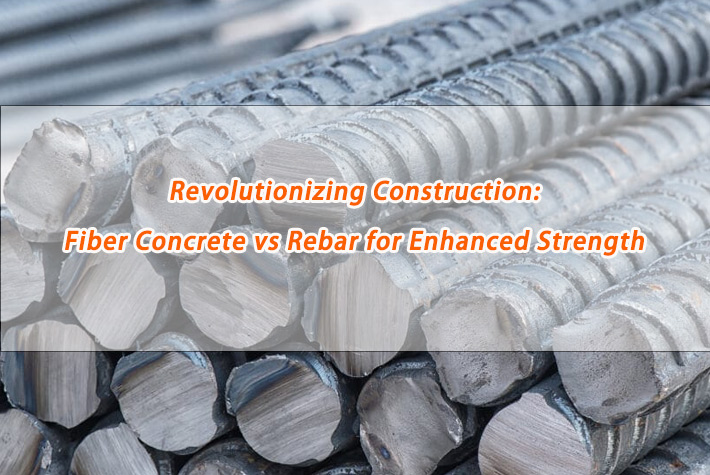Explore the realm of construction methods with this in-depth comparison of fiber concrete and rebar. Discover the unique advantages and applications of each technique, guiding you toward informed decisions for your next project. Uncover how these innovative approaches are redefining structural integrity and durability in modern construction.
Introduction: The Quest for Superior Strength in Construction
In the world of construction, achieving optimal structural strength is a fundamental goal. Two prominent methods have emerged – fiber concrete vs rebar – each offering distinct advantages for reinforcing concrete structures.
Understanding Fiber Concrete
Fiber concrete, a revolutionary composite, integrates microscopic fibers into the concrete matrix, enhancing tensile strength and crack resistance. Synthetic fibers like polypropylene or natural fibers like jute are seamlessly blended, mitigating the need for traditional steel reinforcement.

Exploring Rebar
Rebar, short for reinforcement bar, employs steel rods or mesh to reinforce concrete’s tensile strength. These bars are strategically placed within the concrete forms before pouring, creating a robust and interconnected network that resists cracking and distributes loads effectively.
Comparing Strength and Durability
Fiber concrete’s dispersed fibers grant it inherent strength, reducing the risk of cracks and improving overall durability. Rebar, with its steel reinforcements, excels in withstanding heavy loads and spanning long distances, providing structural integrity under immense pressure.
Benefits of Fiber Concrete
Fiber concrete offers numerous benefits. It minimizes cracking, improves durability, and accelerates construction due to simplified reinforcement processes. For instance, in parking structures, fiber concrete enhances longevity while expediting the construction timeline.
Benefits of Rebar
Rebar boasts high tensile strength, making it a preferred choice for high-rise buildings and large-scale projects. Its versatility and proven track record make it a go-to option for engineers aiming to create enduring structures, as seen in the case of bridges and dams.

Applications and Suitability
Fiber concrete suits projects demanding rapid installation and thin sections, like overlays on existing surfaces. Conversely, rebar prevails in scenarios requiring load-bearing capacity, such as foundations, where it ensures stability over time.
Case Studies
In the creation of pedestrian walkways, fiber concrete demonstrated remarkable durability against foot traffic-induced stress, while rebar played a pivotal role in supporting the immense weight of skyscrapers, ensuring their longevity.
Future Trends
The construction landscape is evolving. Hybrid approaches that combine the benefits of both fiber concrete and rebar are emerging, aiming to harness the strengths of each method for optimal structural outcomes.
Conclusion: Choosing Wisely for Lasting Strength
In the dynamic world of construction, choosing between fiber concrete and rebar is pivotal. Recognizing the strengths and limitations of each technique empowers engineers to make informed decisions, shaping the future of robust and enduring structures.
